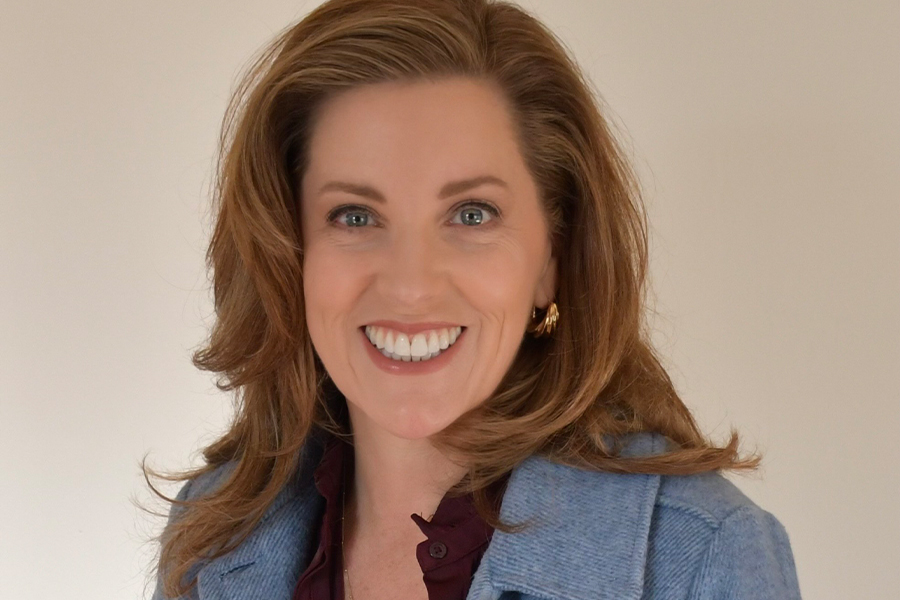Hospitality is in a moment of reinvention, where evolving guest expectations, economic shifts, and a technology revolution are prompting new ways of thinking.
At HD Expo + Conference 2025, insightful panels brought together executives, designers, and developers to explore how the industry is adapting to the vastly changing landscape. From smarter tech and targeted investments to the growing need for connection and inclusion, here are six key takeaways driving the conversation.
1. Design for all generations
Multigenerational travel isn’t just a trend—it’s reshaping the future of hotel design. Guests are increasingly traveling with children, parents, and grandparents, and want communal spaces that are flexible and welcoming to all ages. Rather than isolating families into kid zones, brands like Marriott are focused on layered environments that preserve the guest experience while offering comfort and flexibility.
“You don’t want to pull up to a bar with your kid and have a drink,” says Marriott’s Tracy Smith-Woodby during the Brand Identity: Hotel Execs Take on the Future panel. “So I always look for ways to create areas where a family can pull back with children—where they can still be in the space and not of the space.”
Hilton is also evolving to meet this demand through digital tools. “We’re trying to create blur moments between adults-only spaces at all-inclusives and the spaces where families hang out,” says Larry Traxler of Hilton. He also pointed to Hilton’s new ability to book multiple adjoining rooms to accommodate larger families.
2. Big impact with smaller budgets
For hotel owners and operators, the smartest investments don’t always come with a high price tag. In fact, the most impactful ideas are often local, thoughtful, and experience-driven. “It’s a very economic way to allow the guest to learn unique things that are important in [any given] culture,” says Hyatt’s Marisol Fisher, referencing programming like coffee tastings or biodiversity walks led by local experts.
Smith-Woodby shared a Marriott brand’s “punch bowl” concept as another creative example: “The bartender comes out… makes a big communal cocktail, alcoholic or not, and suddenly everyone’s engaged and talking. It doesn’t cost a lot, but it makes people feel good.”
When it comes to FF&E, sourcing locally offers both budget savings and unique design. “Buy local,” says Lisa Pasternack of Four Seasons. “You’ll find something unique that you can’t get anywhere else—and probably for a lot less than getting it shipped.”
Technology is also plays a role in maximizing efficiency. “AI is helping liberate some of our front desk and reception team, allowing them to make physical connections with guests,” notes Traxler.
3. Emerging markets are on the rise
Hospitality development is expanding well beyond traditional urban centers. As land and labor costs rise in gateway cities, hotel brands are turning to secondary markets with strong potential for cultural relevance and long-term growth.
“Everyone’s obsessed with trying to find the next Austin or Nashville,” says Jon Bloomberg of Left Lane during What Owners Want: Real Talk with Clients. “We spent a lot of time doing data science around what we thought were the next markets, looking at dozens of variables that helped us identify those markets.”
Ashley Ewing Parrott of AEP Consulting and the Saturday Crowd sees opportunity in following migration trends. “Where are young professionals moving? What cities in the U.S. are focusing on infrastructure and tech investment? Those are the cities we want to consider,” she points out. “The Omahas, the Chattanoogas, the communities that are clearly attracting new, young talent or are investing in infrastructure and their progress because they’re going to have an appetite for high-end products.”
4. Optimism in uncertain times
Despite macroeconomic uncertainty, the tone among hospitality leaders remains optimistic, with many continuing to pursue growth and repositioning strategies. “This is a time where we regrow very quickly,” says Highgate’s Diane Hang Nguyen. “We’re picking up a ton of new management contracts… owners are coming to us not sure what they want, and we help them find new opportunities.”
Helen Jorgensen of Host Hotels agreed: “We are moving ahead with our plan. Nothing’s really changed—even with this uncertainty.” Ewing Parrott put it bluntly, that despite the challenges, “the strongest businesses are forged in the hottest dumpster fires.”
5. Wellness is all about belonging
While innovation in wellness continues to grow—from cryotherapy to personalized recovery programs—panelists during Trends in Wellness: Where We Are Today emphasized that emotional connection remains the foundation of a successful wellness strategy.
“All the other stuff—the food, the spa, the movement—none of that matters without community,” says Kane Sarhan of the Well. “It’s the foundational pillar that holds everything up.”
This insight is influencing spatial planning. “We used to allocate 500 square feet for lounges. Now, we’re doing 1,500 to 2,000,” says Equinox’s Nadia Biski. “Our members want to stay, talk, work, and then get a massage.”
At Six Senses, meanwhile, wellness also extends to the team. “We design wellness programs not just for our guests, but for our team members in remote locations,” says Sarah Bonsall. “Everyone deserves to live well.”
6. Keeping up with AI
Artificial intelligence is transforming design workflows, hiring practices, and project timelines. But is it replacing human work? This question was front and center during the Business Sense: Tech and Design—What You Need to Know Now panel.
“With AI and the democratization of all of this content, you don’t know if the person behind the content is any good or not because it’s so easy to make stuff,” notes Jason Robertson of Marriott. “That, to me, is the most interesting and dangerous part because it masks the hard work that a lot of people have learned over years and years. Somebody that has no experience can deliver something that looks really polished.”
The shift is also reshaping the talent landscape. “What you used to have 10 people for, you might need seven,” says Ben Nicholas of Inhabitr. “The people who stay are going to be the ones who have the experience, the soul, and who know how to use it.”
Still, AI has its place when thoughtfully integrated. “We use AI to generate inspiration images… so we can have a conversation quicker than we did before,” explains Bill Mandara of Mancini Duffy. “It’s on the human directing it to actually give it a soul and give it a use. Otherwise it’s no different than throwing a stake in a microwave honestly.”
The panelists agreed with the idea of AI enhancing us, rather than replacing us. “AI could be a brain,” adds Vincent Celano of Celano Design Studio, “but it’ll never be our heart.”



